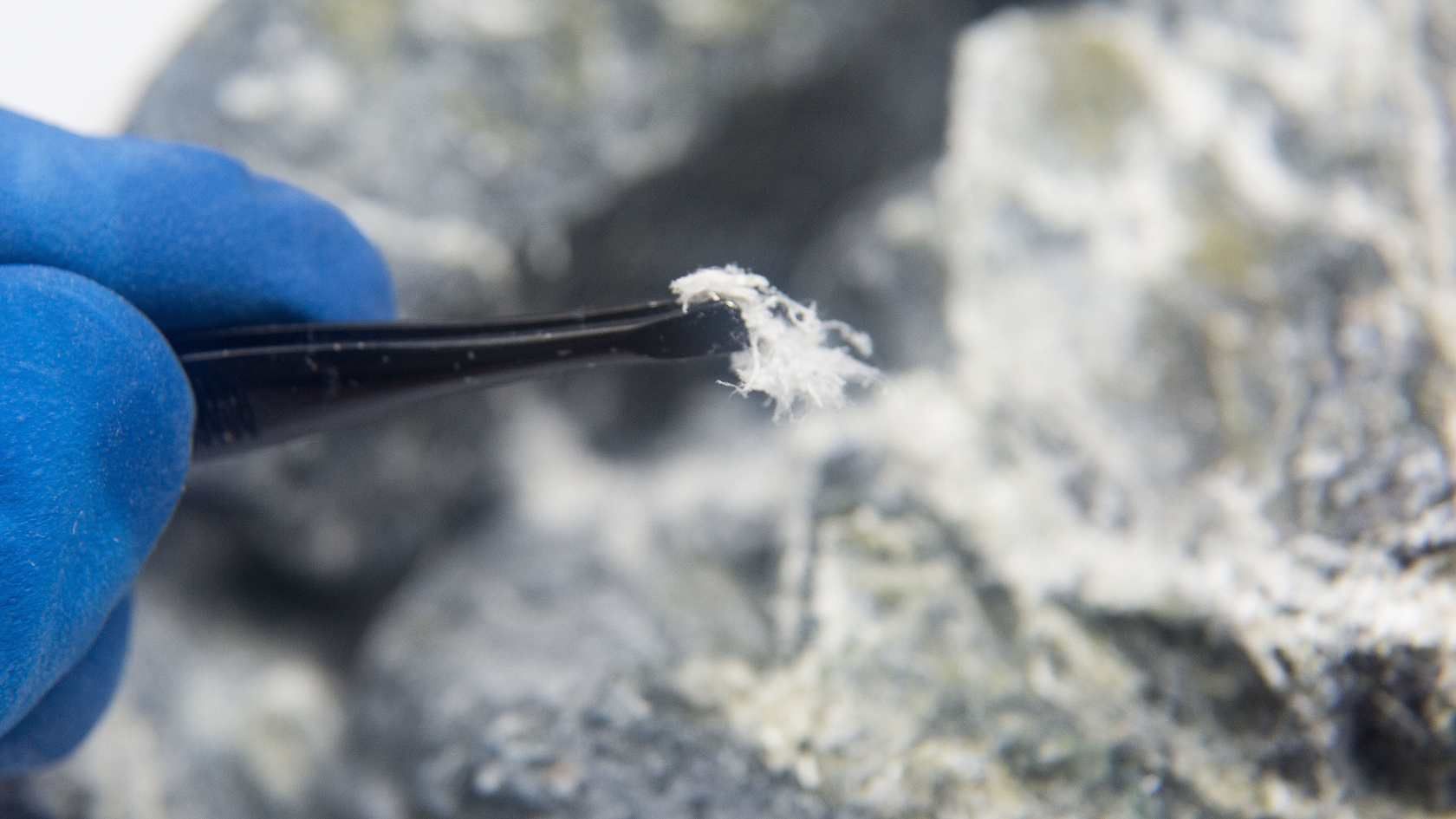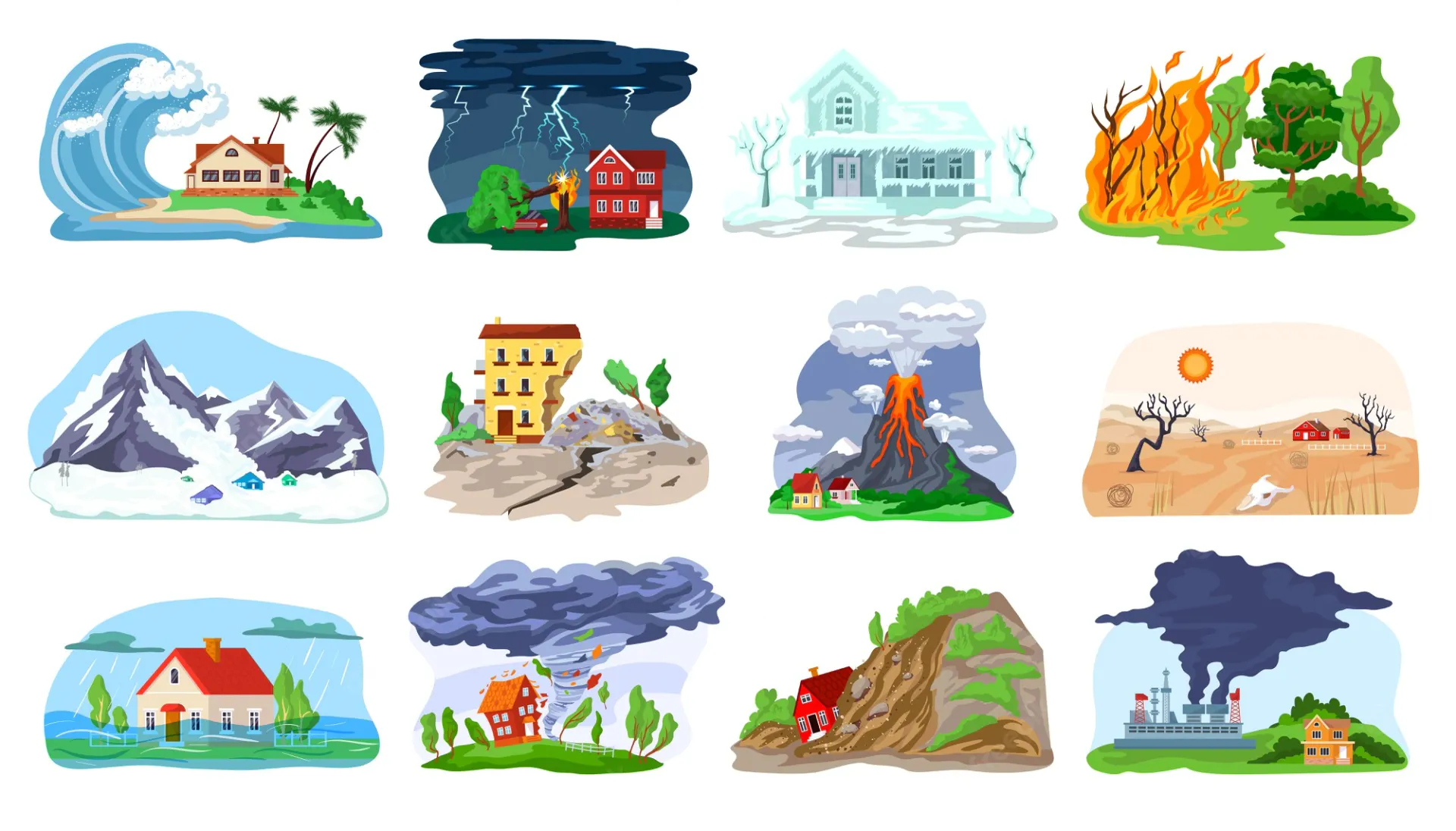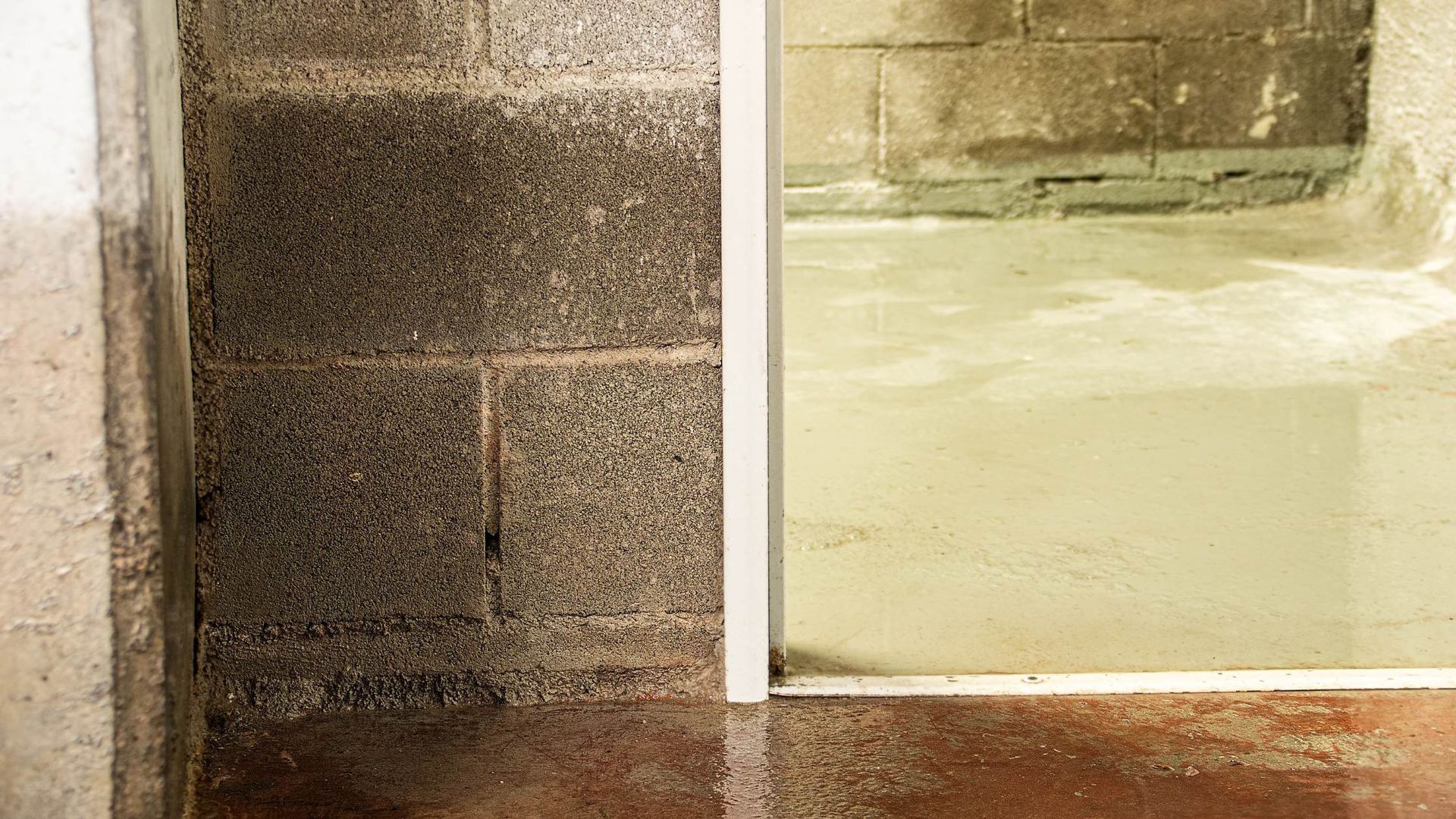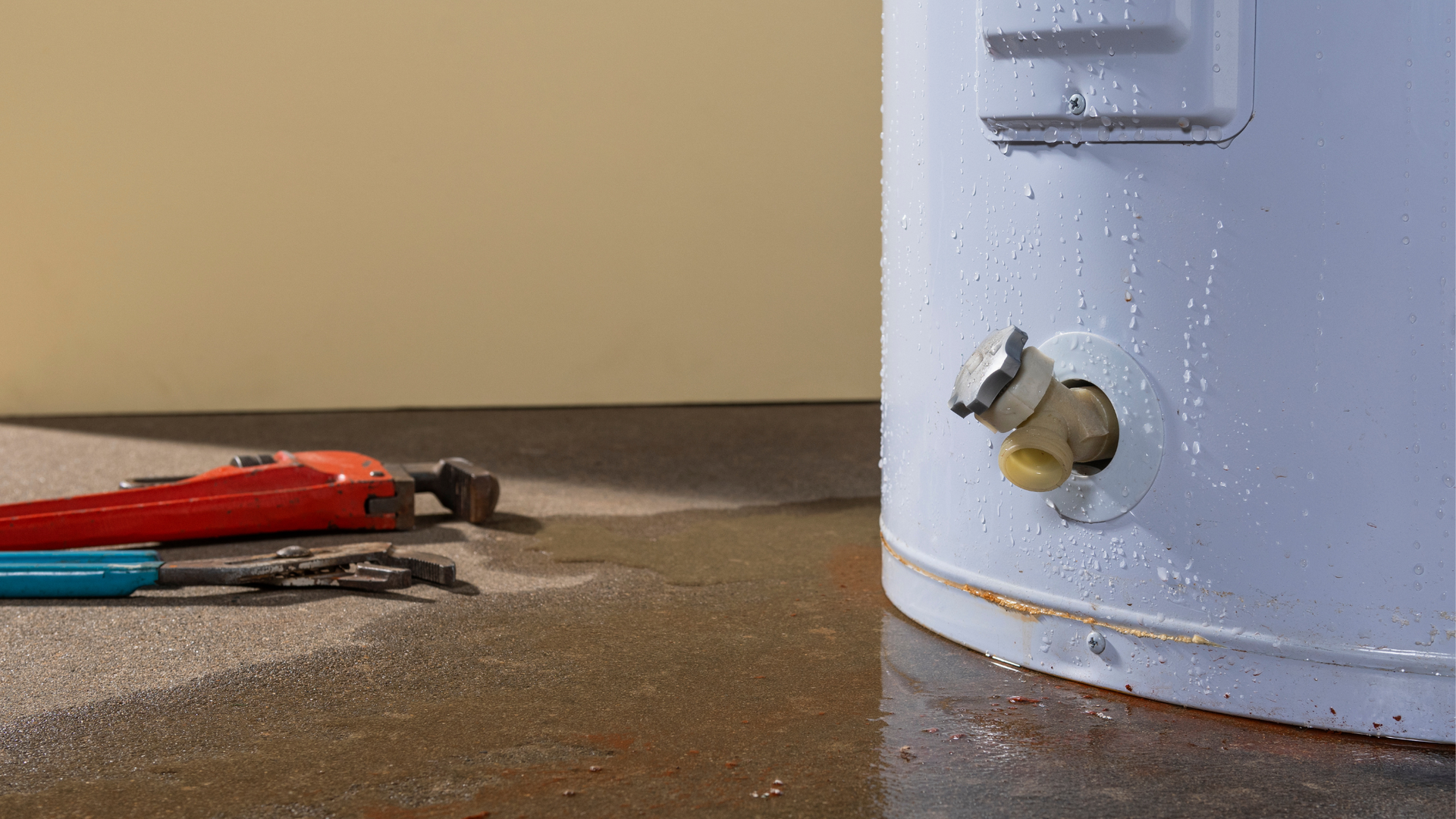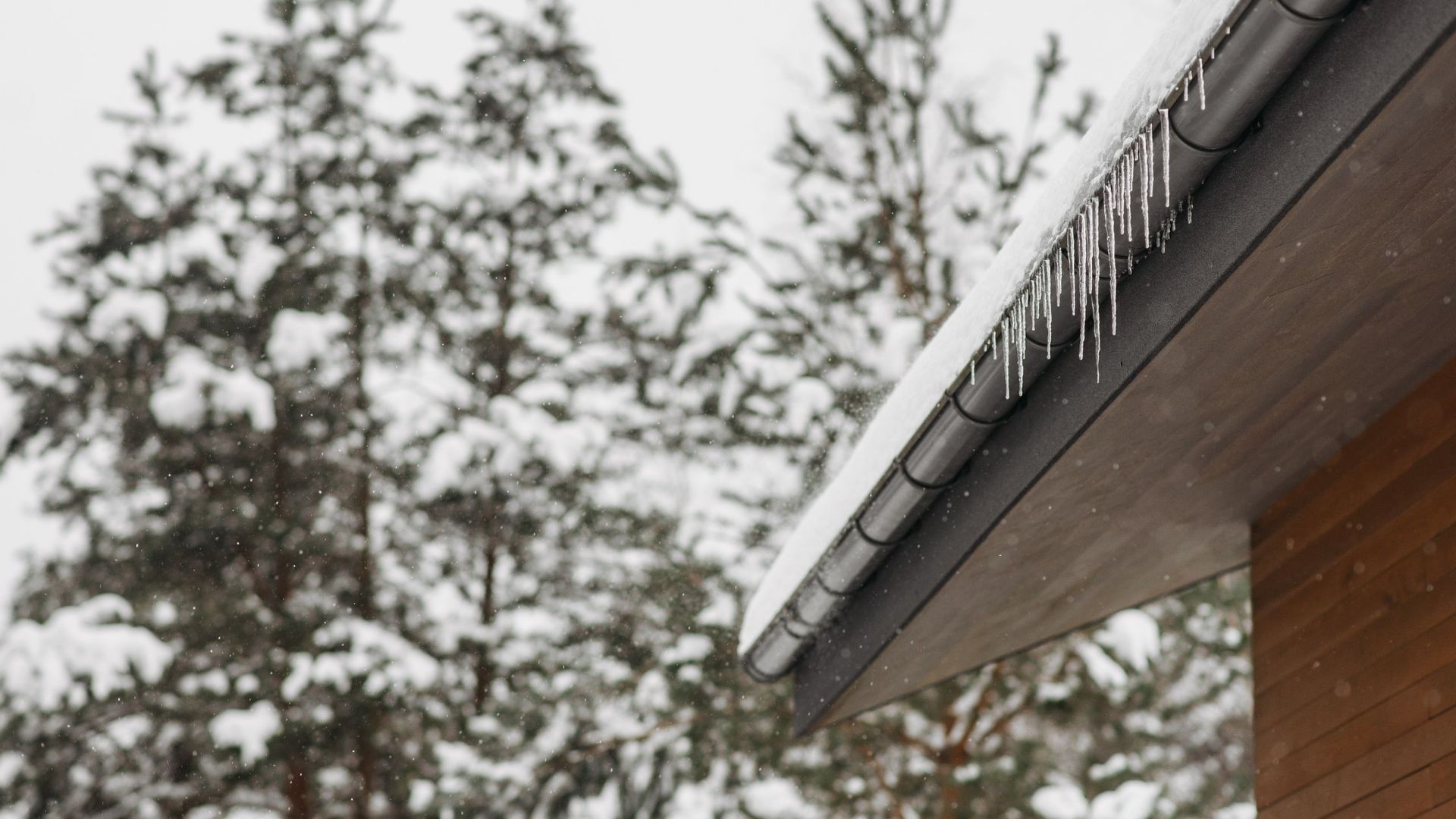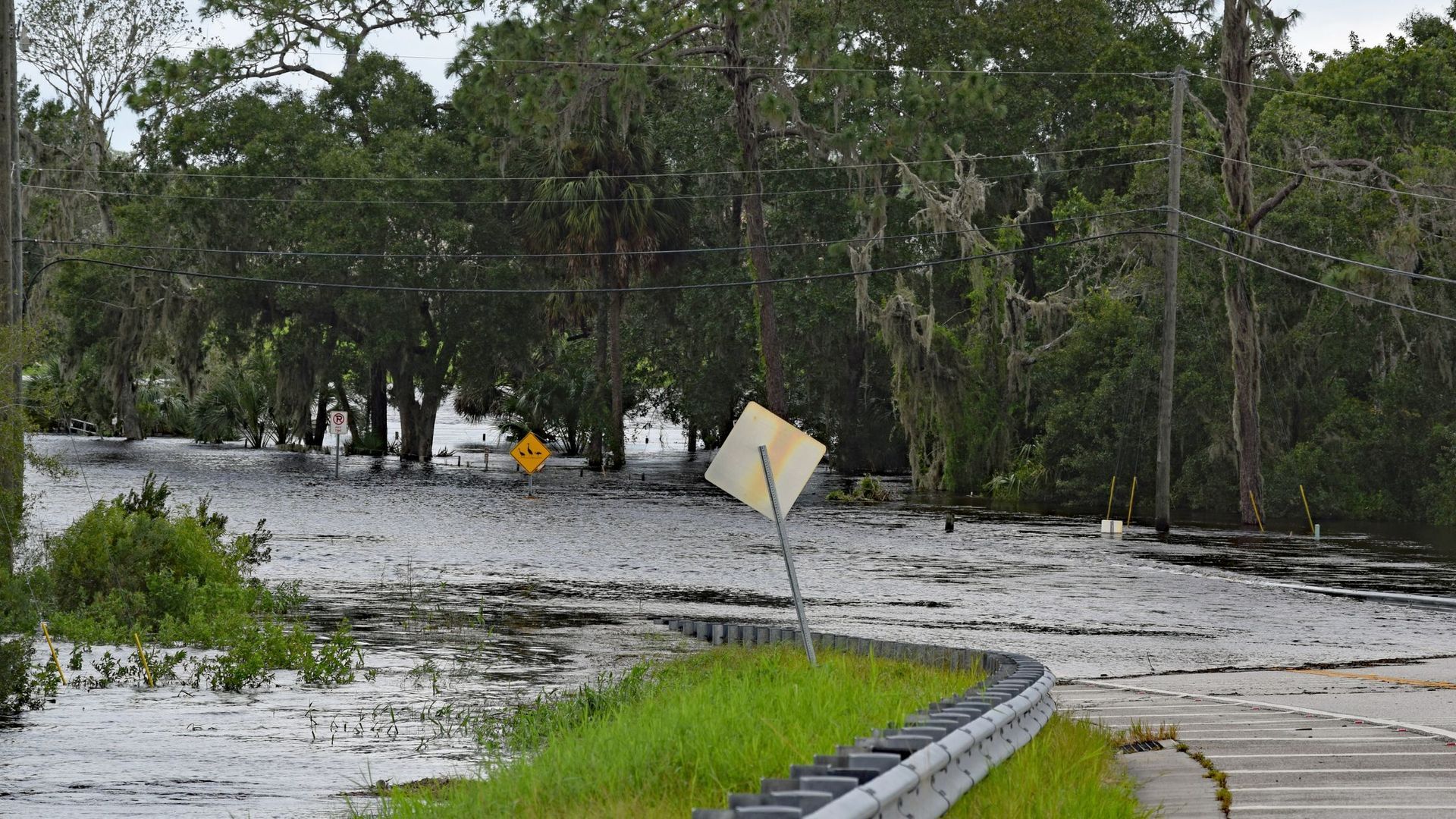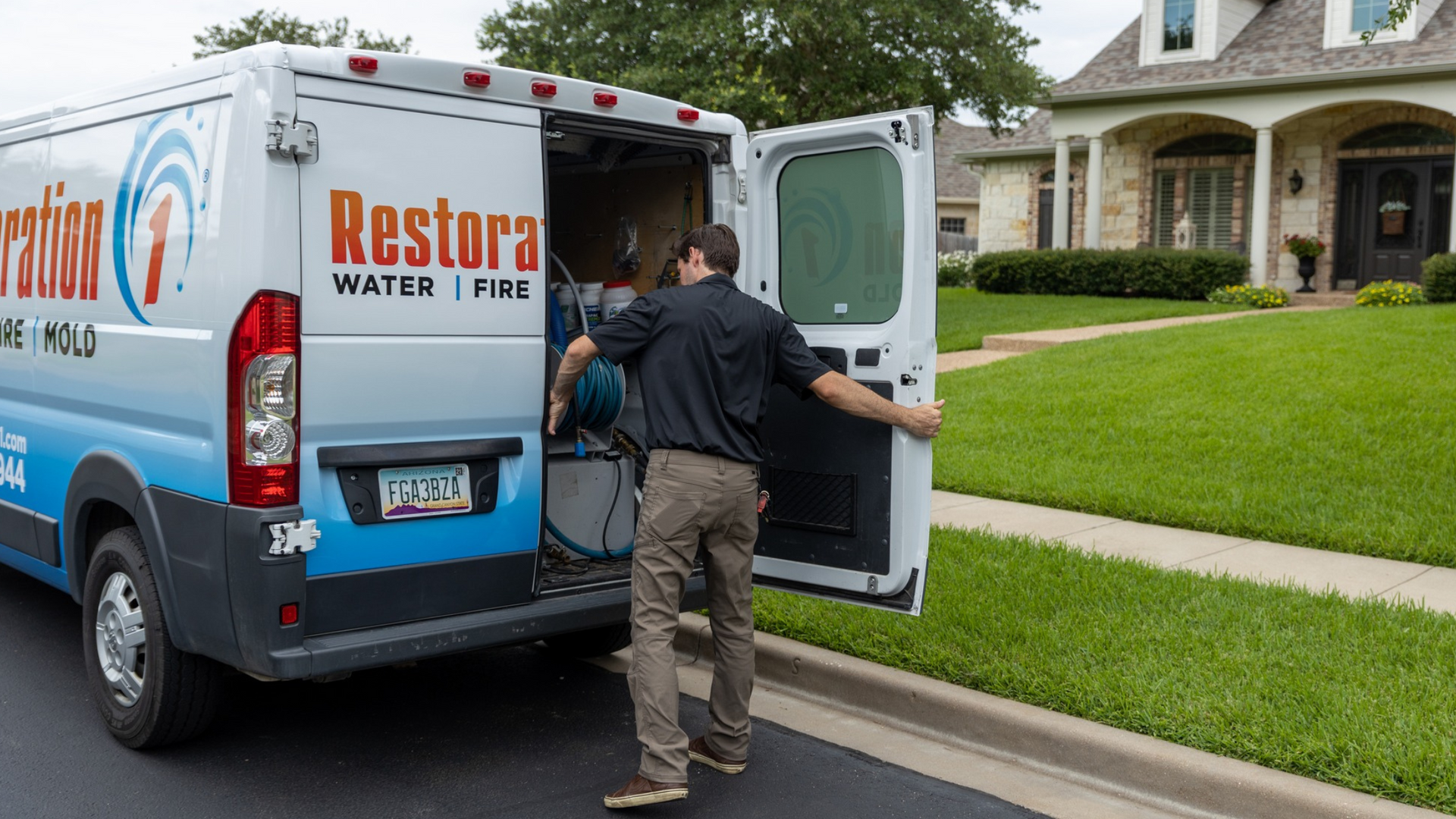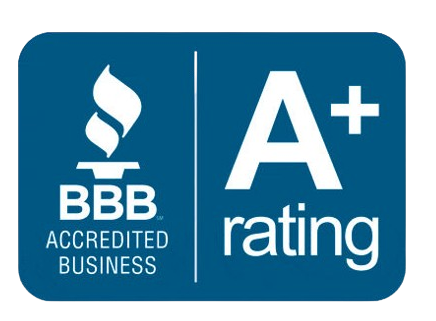Smoke Damage to Floor Joists
Smoke Damage to Floor Joists
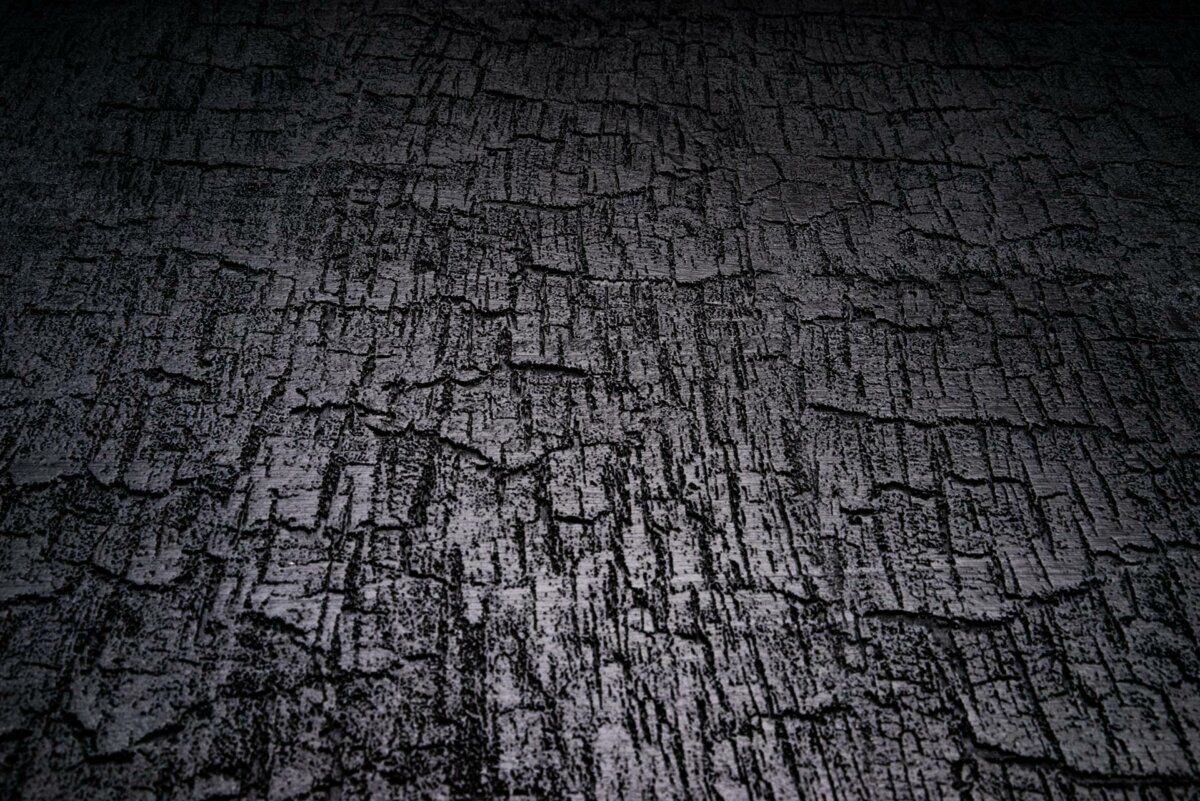
A house fire produces a large amount of smoke and soot. Soot particles can continue to affect parts of the home after a fire has been extinguished, including the floor joists. An expert must inspect the structural soundness of the charred wood beams that support your Durham, NC home.
What happens to wood beams after a fire?
Before firemen can put out the fire, it goes through three phases swiftly. The fire grows from ignition to flashover. The second step is to complete the flashover. Finally, as the fire's temperature drops and fuel sources run out, the decay phase begins.
When flames consume floor joists, they become thermally damaged. The rapid heat and flames from the home fire will cause surface charring of the wood. The floor joist's outside layer burns, while the inside of the wood beam remains cool.
Wood beams may suffer a variety of lasting effects depending on the moisture content of the joists, the heating medium, the temperature of the flames (damage peaks at 300 degrees Fahrenheit), exposure period, and the species and size of the wood.
Floor joists that have been heavily charred may lose their load-bearing capacity. The charred parts of the wood beams are evidently incapable of bearing loads. The wood beneath the burned areas, on the other hand, retains its load capacity, however at a significantly reduced level than before the fire.
How does soot affect the floor joists?
Fire produces soot as a byproduct. Smoke from a home fire rises, harming the building's upper stories. This means that the smoke and soot from the fire will contaminate even the floor timbers that support the top levels.
Depending on whether the wood has been sealed, painted, or stained, the amount of damage to the beams varies. If the wood has been preserved in any manner, the soot and smokey aromas and stains will be easier to remove.
The presence of a finish on the beams has a significant impact on the ability to remove soot stains from them. In rare cases, finished wood can be effectively cleaned and repaired. Unfinished wood can be replaced if cleaning is ineffective.
How are soot-damaged floor joists cleaned?
To protect wooden floor joists from decaying, they are generally treated. The wood beams must be made of decay-resistant wood if they are left untreated. These hardwood floor joists are only required around the structure's perimeter.
Soot may be removed from hardwood floor joists with a good cleaning. The first step is to use a dry cloth or towel to wipe away as much soot as possible. The surfaces should be cleaned with warm water and a degreasing cleaner. Rep the technique till the soot has been removed completely.
The sort of cleaning you employ to remove soot from floor joists is very important. Cleaners such as vinegar, baking soda, and a degreaser are all advised. Vinegar and baking soda can effectively eliminate hazardous smoke smells from unpainted wood.
Following the cleaning of the floor beams, the wood must be sealed. Sealants are used to get rid of and prevent odors from fire damage. A homeowner can seal the sooty floor joists, but depending on the extent of the fire, this can be a time-consuming process.
The aromas of smoke will be emitted by fire-damaged wood, and they must be removed. Living in a house saturated with cigarette odors is not only dangerous but also unpleasant. Special smoke sealing materials will be used to remove smoke smells. (A sealer isn't designed to clean; it's designed to eliminate odors.)
Should floor joists damaged by soot be replaced?
Alternatively, soot-damaged floor joists may need to be repaired, especially if the home's structural stability is jeopardized. A qualified fire inspector should be consulted to determine whether the floor joists may be preserved or must be replaced.
After a home fire, soot particles travel far and wide. Small soot particles collect in the house's nooks and crannies that were not damaged by the fire right away. Experts are the most effective at repairing both concealed and obvious fire damage.
Flames may be devastating, but the aftermath of a fire can be just as unpleasant. Smoke and soot may inflict irrevocable damage to a home's valuables if left unchecked. Fire damage restoration experts can find and thoroughly clean affected areas.
Fire damage cleanup services utilize specialized cleaning methods to remove soot and smoke damage from the property. Damaged structural elements, such as walls, ceilings, and foundations, are repaired as well. Smoke scents are promptly removed using advanced deodorization technology.
While the home is being repaired, specialists execute content cleaning and pack-out services. Personal possessions and electronic equipment are being restored. Dry-cleaning services are perfect for restoring fabrics such as garments and drapes that have been damaged by soot and smoke.
If you need restoration services to help you rebuild your house after a fire or smoke damage, call Restoration 1 of Raleigh North right now.
